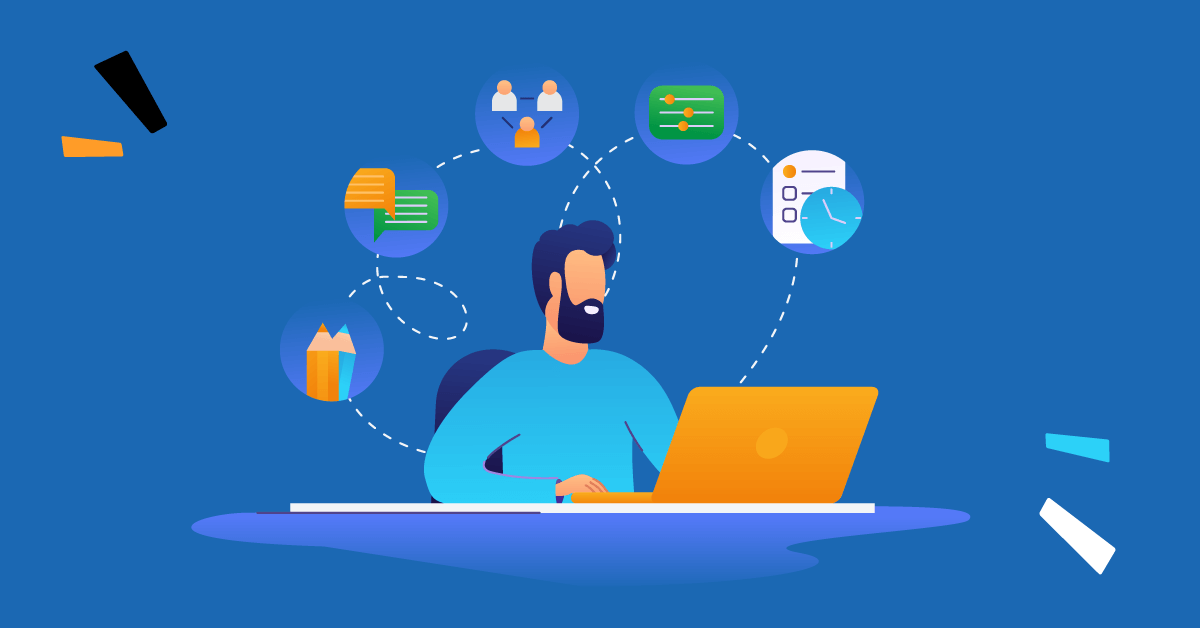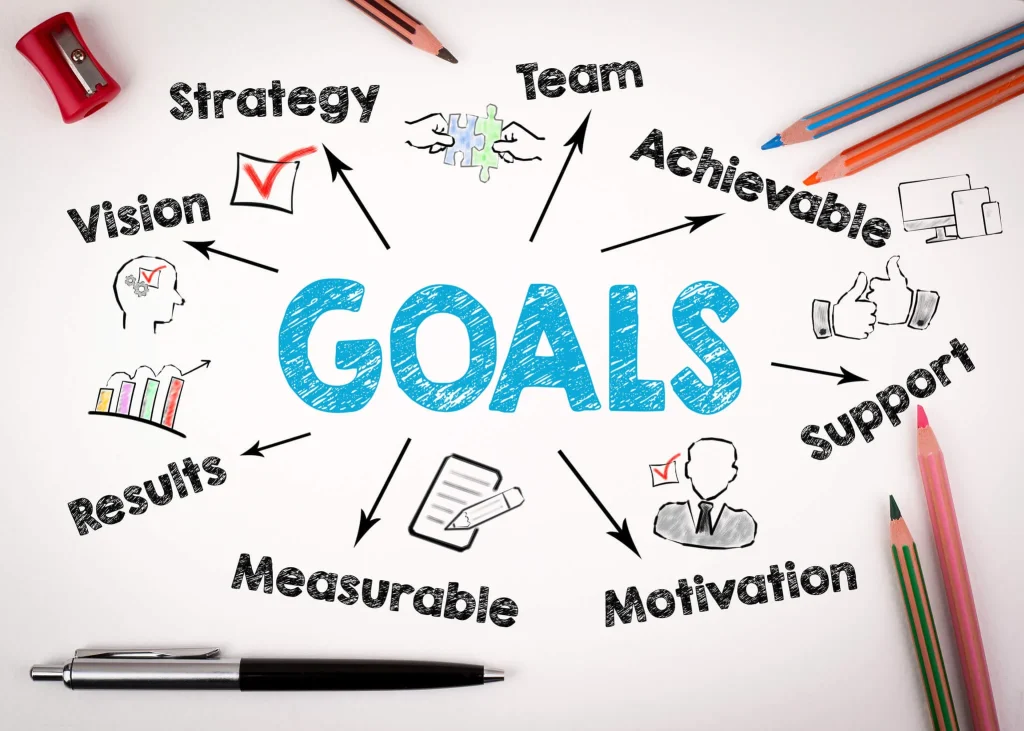
How to learn a new skill fast
In today’s fast-paced world, the ability to learn new skills quickly is invaluable. Whether you want to advance in your career, pick up a hobby, or adapt to changing technology, mastering skills efficiently can make a significant difference. While learning has traditionally been a slow process, there are proven strategies that can help accelerate it without compromising understanding or retention. Here’s a step-by-step guide to learning a new skill fast.
1. Set Clear and Specific Goals

The first step in learning any new skill is clarity. Define exactly what you want to achieve. Instead of a vague goal like “learn guitar,” set a specific target: “play three songs fluently within one month.” Clear goals help focus your efforts, track progress, and maintain motivation. Break the skill into smaller, measurable milestones to avoid feeling overwhelmed.
2. Focus on the Most Important Elements
When starting out, it’s easy to get lost in details. To accelerate learning, identify the core elements of the skill that will give you the most significant results. For example, if you are learning a language, focus on high-frequency vocabulary and essential grammar rules first. If you are learning to code, start with foundational concepts like loops, variables, and functions before exploring advanced frameworks.
3. Use the 80/20 Principle
The Pareto Principle, or 80/20 rule, states that roughly 80% of results come from 20% of effort. Apply this by identifying the parts of the skill that will yield the most progress. This method prevents wasting time on low-impact aspects and ensures faster skill acquisition. Prioritize high-leverage techniques that provide immediate, noticeable improvements.
4. Practice Deliberately

Deliberate practice is key to rapid learning. It involves focused, intentional effort on areas where you are weakest rather than mindless repetition. Set aside dedicated time to practice consistently, ideally in short, concentrated sessions. Use feedback to refine your approach, correct mistakes, and push your limits. Practicing deliberately is far more effective than practicing passively or casually.
5. Learn by Doing
One of the fastest ways to learn is through hands-on experience. Instead of spending all your time reading or watching tutorials, actively engage with the skill. If you’re learning photography, take photos daily. If you’re learning a new software, complete small projects. Active application reinforces concepts and strengthens memory retention.
6. Break Tasks into Manageable Chunks
Trying to tackle an entire skill at once can be overwhelming. Breaking it down into small, manageable chunks makes learning more digestible. This approach, often called “chunking,” allows you to master each component individually before integrating them. Over time, these chunks build up into comprehensive skill mastery.
7. Use Multiple Learning Methods
Engaging multiple senses and approaches can enhance learning speed. Combine reading, watching tutorials, practicing, and discussing the skill with others. Different perspectives reinforce understanding and create stronger mental connections. For example, if learning a musical instrument, you might watch videos, read sheet music, listen to recordings, and practice regularly.
8. Teach Others What You Learn

Teaching forces you to articulate your knowledge clearly, which deepens understanding. Even explaining a concept to a friend or writing about it online can consolidate your learning. This approach exposes gaps in your knowledge and motivates you to refine your understanding.
9. Embrace Mistakes and Adjust
Mistakes are a natural part of learning. Rather than getting discouraged, view them as valuable feedback. Analyze what went wrong, adjust your approach, and try again. Rapid learners understand that errors are opportunities to improve, not setbacks.
10. Stay Consistent and Persistent
Consistency is more important than intensity. Short, frequent practice sessions often outperform long, infrequent ones. Daily effort, even if small, compounds over time and accelerates skill acquisition. Pair persistence with patience; while fast learning is possible, mastery still requires dedication.
Conclusion
Learning a new skill fast is achievable with the right mindset and strategies. By setting clear goals, focusing on high-impact areas, practicing deliberately, and embracing mistakes, you can accelerate your learning curve. Remember to stay consistent, apply knowledge actively, and break tasks into manageable chunks. With these techniques, you’ll not only learn faster but also retain your new skills for the long term. In a world that constantly evolves, the ability to learn quickly is not just an advantage—it’s a superpower.
